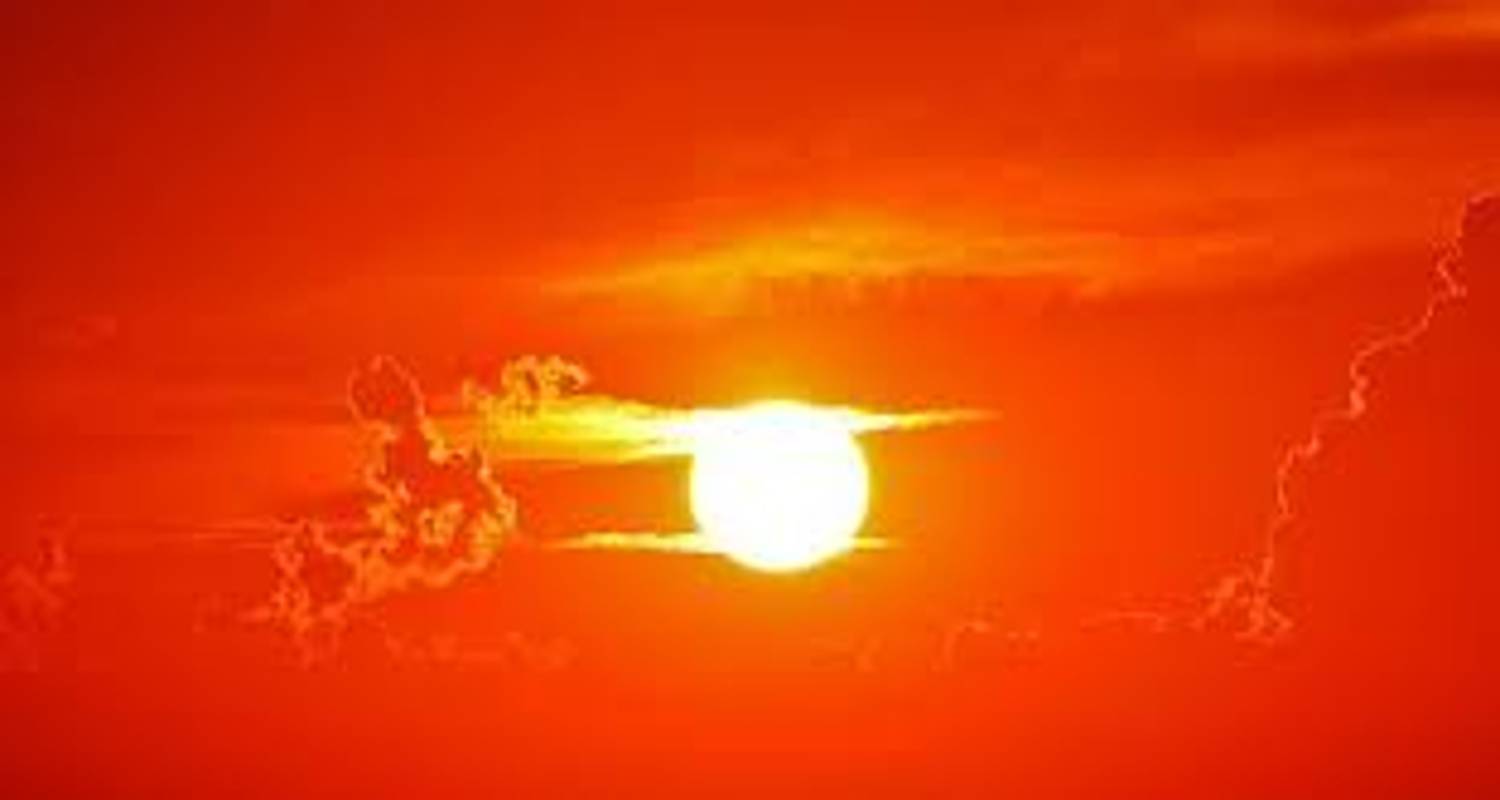India's Power Demand Surges 41% Amid 2023 Heatwaves
by GovernBetter Desk | 3 min read
PowerSector
Heatwaves
Climate Change
The heightened demand for electricity resulted in a 3% rise in fossil fuel usage, with 2,853 million units of electricity generated from conventional sources.

India experienced a sharp 41% rise in peak power demand during the summer of 2023, driven by soaring temperatures and frequent heatwaves, according to a report by Climate Trends, a research initiative focused on environmental and climate issues.
Key Findings of the Report
-
Increase in Power Demand:
-
The heightened demand for electricity resulted in a 3% rise in fossil fuel usage, with 2,853 million units of electricity generated from conventional sources.
-
This led to the addition of over 2 million tonnes of carbon emissions, contributing to climate change.
-
Urban vs. Rural Consumption:
-
Urban and affluent areas saw a significant surge in electricity consumption due to the widespread use of cooling appliances.
-
In contrast, rural demand remained largely unchanged due to inadequate electricity infrastructure and limited access to cooling devices.
-
Record Temperatures:
-
February 2025 was recorded as the hottest February since 1901, with the India Meteorological Department (IMD) forecasting a hotter-than-usual summer.
-
Peak electricity demand in February 2025 reached 238 GW, with further increases anticipated in March and April.
The rise in electricity demand is leading to greater reliance on fossil fuels, exacerbating carbon emissions and contributing to climate change.
Policy Recommendations
To address these challenges, the report advocates for urgent policy measures, including:
-
Accelerating Renewable Energy Adoption:
-
Transitioning from conventional power sources to renewables such as solar and wind energy.
-
Promoting Energy Efficiency:
-
Encouraging the use of energy-efficient cooling appliances to reduce electricity consumption.
-
Enhancing Rural Electricity Access:
-
Expanding infrastructure and access to affordable cooling solutions in rural areas.
-
Climate-Responsive Planning:
-
Developing strategies to manage peak power demand while mitigating environmental impact.
The International Energy Agency (IEA) has identified extreme weather events as a growing threat to global energy security. Similar trends of rising power demand due to heatwaves have been observed in other countries.With IMD forecasting another sweltering summer, India’s power grid is expected to face further pressure. Experts underscore the urgency of transitioning to clean energy and adopting sustainable solutions to address peak electricity demand and mitigate long-term climate risks.
Contact Us. We'd love to hear from you!

GovernBetter
An unconventional governance innovation lab, working at the intersection of policies, data and impact collaborating with governments, civil society, academia and international organization to strengthen democratic institutions, improve service delivery, and make public policy more transparent, inclusive, and effective with specific focus on emerging technologies.
Quick Links
Copyright © GovernBetter 2025